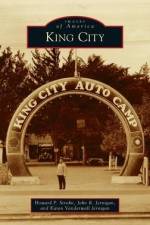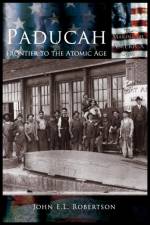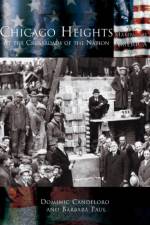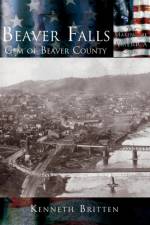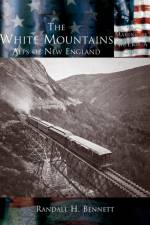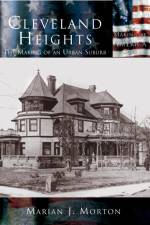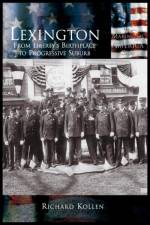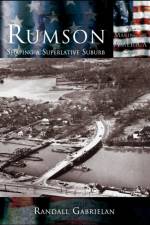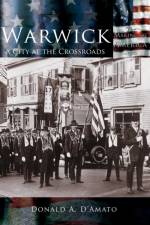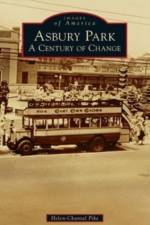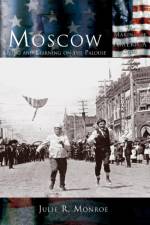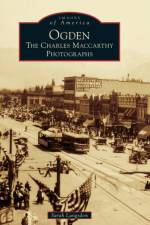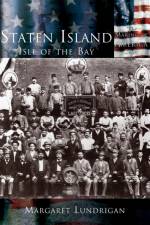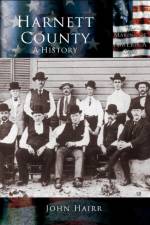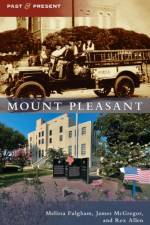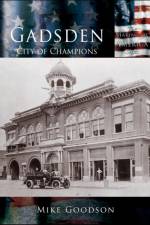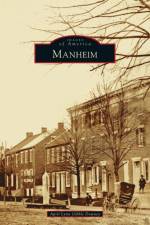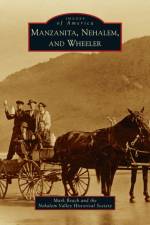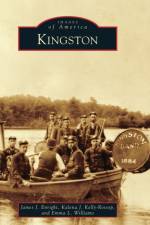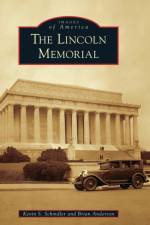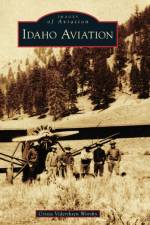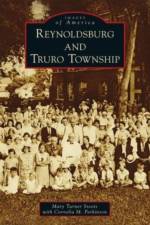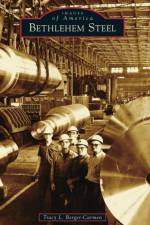av John Hairr
385,-
With this unprecedented pictorial history, author John Hairr chronicles the story of Harnett County, beginning with the earliest days of settlement till the mid-twentieth century.Maps and charts show the growth of the county and various industries, while photographs illustrate various communities, people, and events that changed the region. Within these pages, over 200 vintage photographs are proudly presented. Many of these images have never before been published. All of the towns and communities throughout Harnett - Erwin, Lillington, Johnsonville, Kipling, Duncan, Dunn, Olivia, Coats, Angier, Chalybeate Springs, and Bunnlevel - are represented within the work, as are several striking rural scenes. Readers visit old-time iron mines, tobacco farms, and denim manufacturers. Other views show the making of moonshine, naval stores, railroads and aviation, churches that no longer stand, and a host of people who have shaped the history of Harnett.

